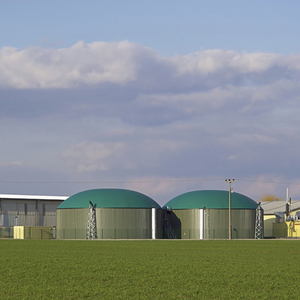2017 ag census includes data on on-farm methane digesters




April 11, 2019
BY Erin Krueger
Advertisement
Advertisement
Related Stories
Some of the biogas captured from the Yolo County Landfill in California is now certified carbon negative by CARB, thanks to the use of LoCI Controls’ technology and the ABC’s Biogas Carbon Accounting Tool.
The Texas Commission on Environmental Quality of offering $12 million in grants to support the development of alternative fueling facilities to supply CNG, LNG, hydrogen, biodiesel blends of B20 or greater, propane, electricity or methanol.
SJI and OPAL Fuels celebrated the ribbon cutting of their Atlantic County Utilities Authority’s renewable natural gas (RNG) project in Egg Harbor Township, New Jersey. The RNG facility will capture and process landfill gas into RNG.
The American Biogas Council announced on Oct. 23 that attendance at its annual Business of Biogas 2025 conference drew an unprecedented number of executives, investors, and industry leaders committed to advancing the biogas economy.
This fall, Raleigh will become the first city in North Carolina – and one of only a few cities in the nation – to power its bus fleet with renewable natural gas (RNG) created from its own wastewater.





